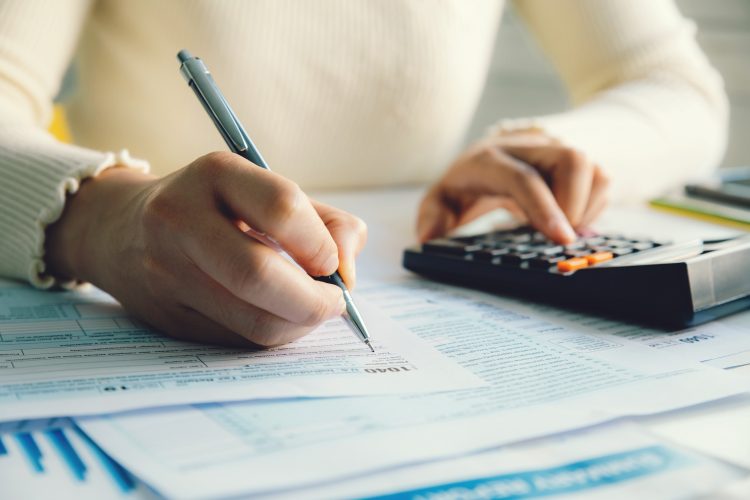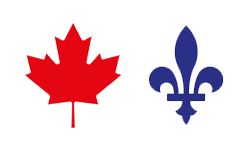Having worked paycheque to paycheque all year long only to be subjected to income tax debt at the end of the year can be pretty devastating if you didn’t account for it. If this is the case for you, then you should address it as soon as you possibly can in order to avoid penalties and interest on the amount you owe. But what if you can’t conceive of any way to pay your income tax debt? Don’t worry — you still have options.
Consequences of Not Paying What You Owe to the CRA
Before getting into your options of paying back your income tax debt, it’s important that you know what the consequences of not paying your debt are. Just because you don’t pay what you owe to the CRA doesn’t mean that they don’t have ways in which they can collect. In fact, the CRA has certain privileges when it comes to collecting what they’re owed. They can:
- Keep what they owe you. If the CRA owes you any tax returns or GST/HST cheques, but you still owe them a sum, they could just keep what they owe you as a way to collect on their payments. The only time the CRA will not withhold GST/HST cheques is if the income tax debt is due to the pandemic (like CERB payments).
- Keep a portion of your income. The CRA can actually contact your employer and garnish a portion of your income.
- Fast-track a judgement against your assets and/or property with the Federal Court, at which point your assets/property could be seized.
- Make third-party assessments. This means that the CRA can have another person pay your debt if you have provided them with any gifts or transferred your assets. This is usually a last resort and won’t occur unless all other methods have failed.
Your Options With the CRA
Although it seems like the CRA may take drastic measures to collect what you owe them, they don’t take those measures unless you give them reason to. In fact, the CRA is usually willing to negotiate a payment plan if you find yourself unable to pay the full amount.
So if you cannot make your payment in full, you have the option to make a payment arrangement with the CRA. A payment arrangement involves making partial payments over a certain amount of time until the debt is paid off in full. Be aware, however, that interest will still apply to your debt until it is completely paid off. In order to make a payment arrangement, you must first call the CRA so they can approve it. If you have made a payment arrangement and suddenly find yourself unable to stick to it, you must call the CRA or legal action may be taken against you.
Other Options
If you find yourself unable to even make a payment arrangement with the CRA, then rest assured that there are other options. The first thing you should do is contact a licensed insolvency trustee as soon as you can. Your LIT will find the best income tax debt relief option for your personal situation. Not only will an LIT help you find an option for paying off your income tax debt, but they will also help you through all of your other debts as well. Of these options, you have:
- Consumer Proposal
A consumer proposal can help you reduce your debt and spread your payment plan over a longer period of time. All you have to do is make your monthly payment — a payment that is calculated based on the amount of income you have as well as your budget. A consumer proposal will also ensure that you can keep all of your assets and property, and you will no longer get any calls or harassment from your creditors. It also ensure that no legal action can be taken against you. The only possible downside is that it will appear on your credit report, but that’s usually not an issue considering what can happen to your credit score if you are unable to pay off your debts.
- Personal Bankruptcy
This option allows you to completely free yourself from your debts and protects you from your creditors. When it comes to personal bankruptcy, one thing to keep in mind is if your tax debt is over 200, 000$, and represents 75% or more of your total debts, then you’ll need to have a court hearing. Usually, court hearings like these will result in an agreement to pay a certain amount of your total debts. Another think to keep in mind is that if the CRA already registered a lien against your property, that lien will not disappear after you’ve been discharged from bankruptcy. Bankruptcy can, however, prevent the CRA from registering a lien against your property if they have not done so already.
The most important thing to do is to take action as soon as possible. The sooner you take action, the sooner you can be freed from your debts and start anew.


